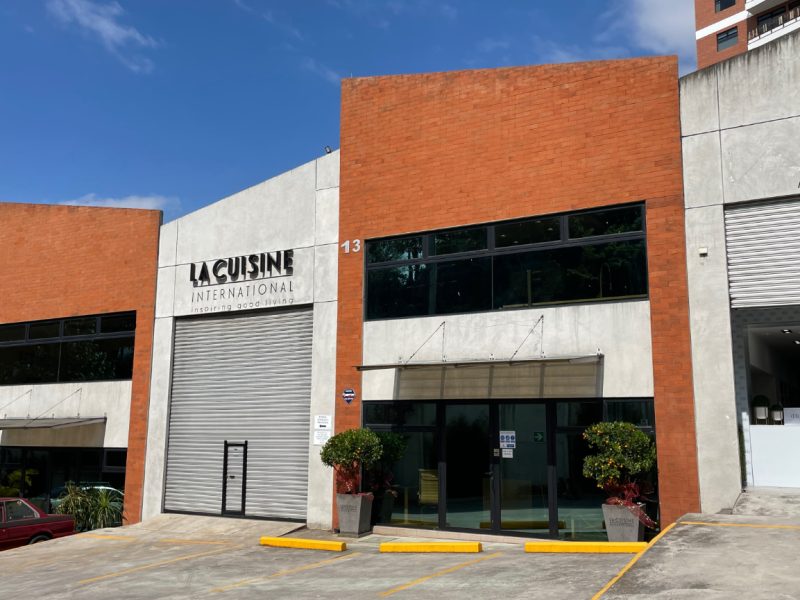
Our Company
Locations
Contact Us
Newsletter
Sign up to receive email updates on the latest products, collections and campaigns.
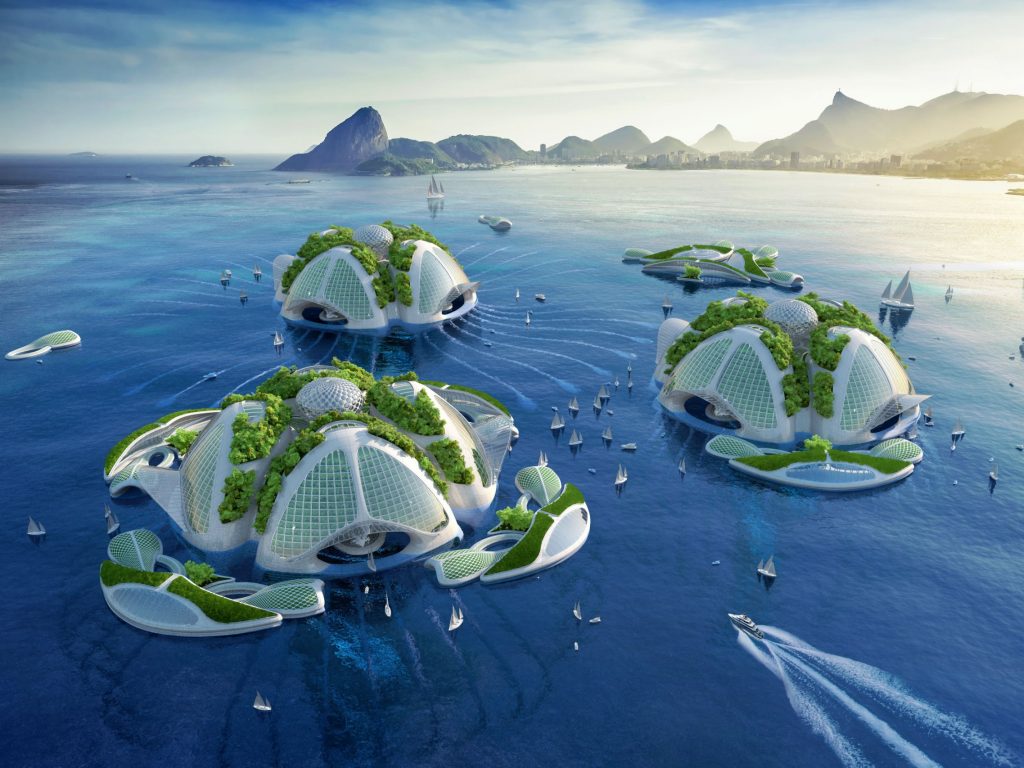
Returning to the sea is the premise of aquatecture, a type of architecture that views the sea as the headquarters of its constructions. This new vision of the art of constructions regains centerstage because the coronavirus has shown the damage that the abuse of natural resources and global warming have generated on the planet.
One of the most worrisome consequences is the fact that sea levels are rising, and the glaciers are melting. Although this isn’t something that appears daily in the news, the landslide of these ice layers is causing the displacement of hundreds of people living in the lowlands, making them refugees from climate change.
In fact, the Intergovernmental Panel on Climate Change states that in the 20th century the sea level rose up to 20 centimeters and estimates that if the trend continues, it will increase from 18 to 59 centimeters by 2099. Faced with such alarming forecast experts in oceanography, environmentalists, designers, engineers, and architects have joined efforts, generating a series of interesting proposals that can be the answer to the future of the human race.
The first ones to think about water
In 2013, architect Anthony Wilson presented an interesting outline of the relationship of architecture with the aquatic environment in his book Aquatecture. In the book he not only talks about water as a permanent environment for construction, but also deals with topics such as techniques to work with water and design considering this element.
However, it was in 2016 with the academic treaty written by architects Robert Barker and Richard Coutts, also entitled Aquatecture, that the foundation of what might be the new aspect of architecture was set in stone. Unlike Wilson, the work of Barker and Coutts outlines new ways to “design with water in mind,” using examples from around the world to illustrate methods to use it in an innovative, efficient, and safe way.
The Blue Awakening
Since then, there have been many projects that have given life to this innovative architectural vision. A good example is the Sea Manta project, a 60-meter-long recreational and ecological structure created by the design and architecture team at Griffith University in Australia.
Sea Manta is a floating diving and recreation structure, which has one half over the water, and the other half below the same. “Over water there will be interactive exhibits of aquariums, a kitchen, a bar, a dive shop and a swimming pool, while underwater there will be an artificial reef and a diving experience,” explained Professor Joerg Baumeister -guarantor of this project along with Nikki Findlay- in an interview published in the university’s blog.
Another interesting project based on aquatecture is the one created by the study of Malay architect Sarly Adre Bin Sarkum. Water Scraper is a multi-story housing tower that extends into the depths of the sea. This impressive proposal is also designed to feed marine fauna through bioluminescent tentacles that will stimulate the vast marine food webs, while respecting the environment where humans will coexist.
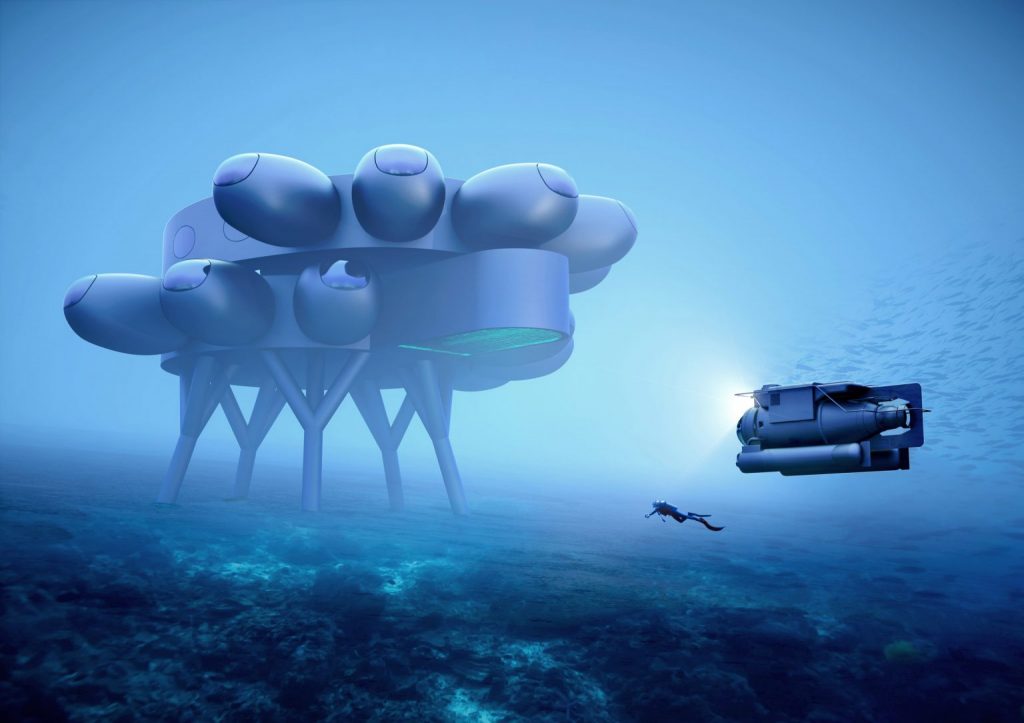
Along the same lines is the model for the Underwater Eco Villages by Belgian architect Vincent Callebaut. The same would not only have living spaces, but each area would house science laboratories, offices, hotels, sports fields, and farms on 250 floors, reaching a depth of up to 3,280 feet. In this project seawater would be desalinated to make it viable for drinking, microalgae would recycle organic waste and light would be provided to the complex through bioluminescence.
As above, so below
Conceived as an underwater equivalent of the International Space Station, the Proteus project by Swiss industrial designer Yves Béhar and French ocean conservationist Fabien Cousteau, is another example of how aquatecture can serve science. This modular laboratory, unlike all previous projects, already has a location and an established size. It’s estimated that the same will have 4,000 square feet, located underwater at a depth of approximately 60 feet and off the coast of Curacao.
This research space will provide scientists and researchers with housing and a place for advanced ocean studies. However, the aspect that stands out the most is the fact it will be the largest and most technologically advanced underwater station ever built.
Work at Proteus will focus on ocean conservation, renewable energy promotion and food sustainability. Also, according to ArchDaily, this underwater station will not only allow the discovery of new marine species, but also contribute to a better understanding of how climate change affects the ocean, allowing the test of advanced technologies for green energy, aquaculture, and robotic exploration.
So, if you thought that green architecture and all the change in the conception of building materials was the last frontier, you were wrong, because this discipline is apparently ready to literally jump into the water.

Sign up to receive email updates on the latest products, collections and campaigns.
Carrera 9 Nº80-45
Bogotá D.C., Colombia
Monday to Friday: 11:00 a.m. - 07:00 p.m.
Saturday: 11:00 a.m. - 06:00 p.m.
(+571) 432.7408/7493
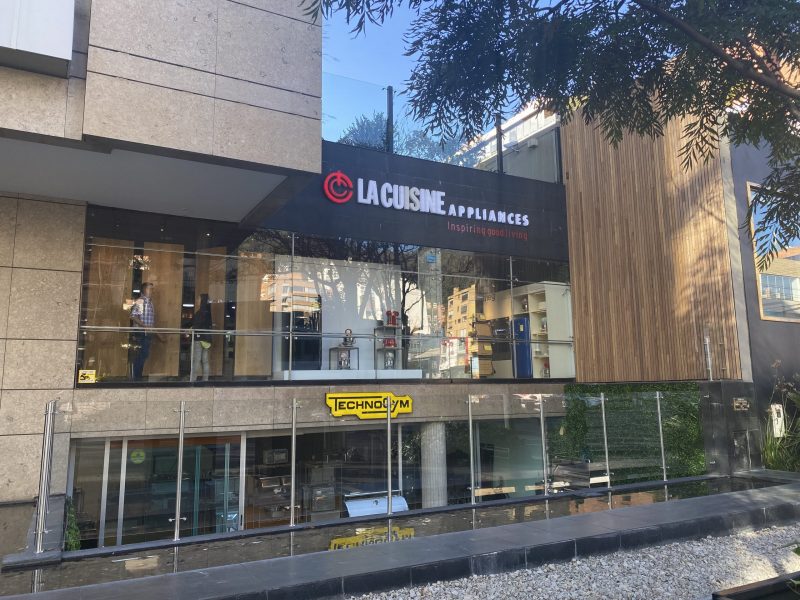
Calle 77 #72-37
Barranquilla, Colombia
Monday to Friday: 08:00 a.m. - 06:00 p.m.
Saturday: 09:00 a.m. - 01:00 p.m.
(+57) 605 352 0851
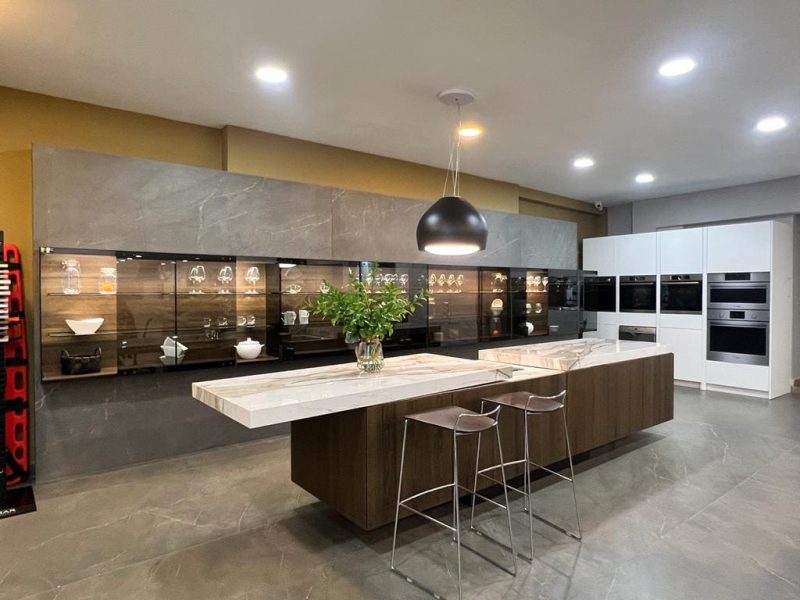
Edificio La Cuisine
Costado Suroeste, C.C. La Paco
Escazú, Costa Rica
Monday to Friday: 09:00 a.m. - 05:00 p.m.
Saturday: 10:00 a.m. - 04:00 p.m.
(+506) 4000.3555
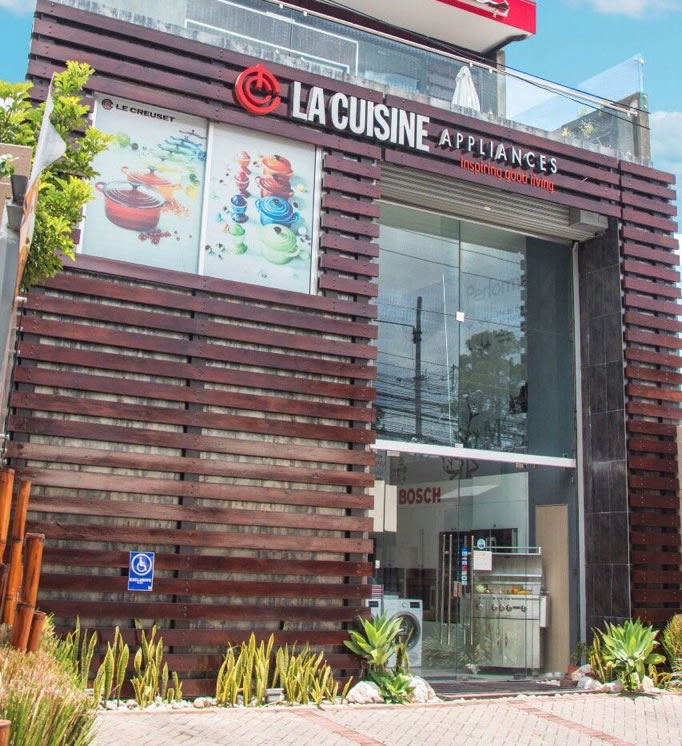
Galerías de Puntacana No. 51
Punta Cana, La Altagracia, R.D.
Monday to Friday: 09:00 a.m. - 06:00 p.m.
Saturday: 10:00 a.m. - 01:00 p.m.
(809) 378.9999
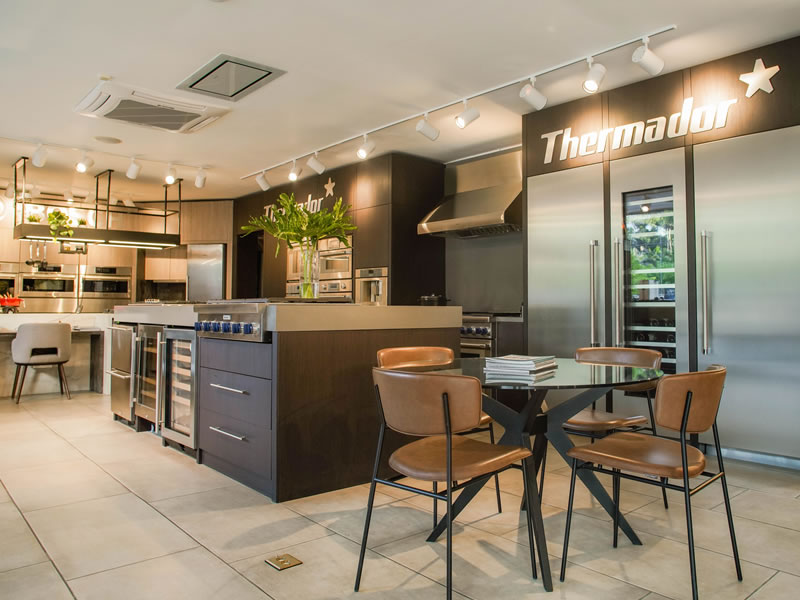
C/Rafael Augusto Sánchez No.22,
Piantini, Santo Domingo, R.D.
Monday to Friday: 09:00 a.m. - 06:00 p.m.
Saturday: 09:00 a.m. - 01:00 p.m.
(809) 378.9999

18187 Biscayne Bvld., Aventura
FL 33160
Monday to Friday: 10:00 a.m. - 06:00 p.m.
Saturdays by appointment.
(786) 322 5432
www.lacuisineappliances.com
sales@lacuisineappliances.com

3232 Coral Way,
Miami FL 33145
Monday to Friday: 10:00 a.m. - 06:00 p.m.
Saturday: 10:00 a.m. - 03:00 p.m
(305) 442-9006
www.lacuisineappliances.com
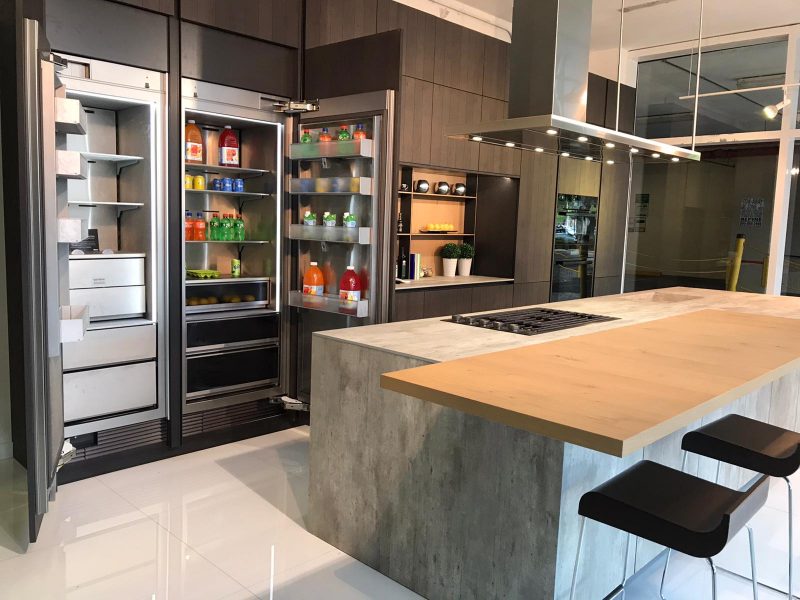
2005 NW 115th Avenue
Miami, FL 33172
Monday to Friday: 09:00 a.m. - 05:30 p.m.
Saturday: Closed
(+1) 305 418.0010
info@lacuisineinternational.com
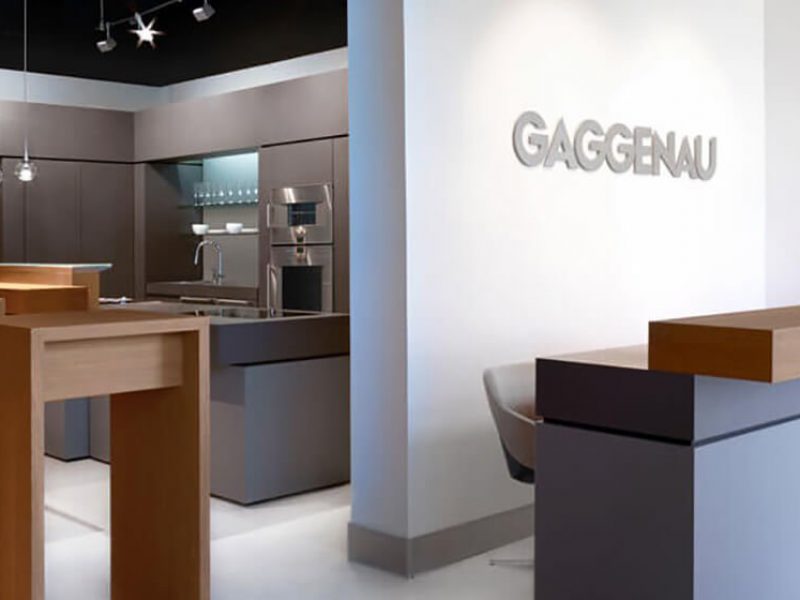
Obarrio. Av. Samuel Lewis,
Addison House Plaza,
Local No.11, Panamá
Monday to Friday: 09:00 a.m. - 06:00 p.m.
Saturday: 10:00 a.m. - 04:00 p.m.
(+507) 265.2546/2547

Av. Caminos del Inca 1603,
Santiago de Surco, Perú
Monday to Friday: 10:00 a.m. – 07:00 p.m.
Saturday: 10:00 a.m. – 01:00 p.m.
(+511) 637.7087

Centro Comercial San Ignacio, Nivel C, local No.5
Caracas, Venezuela
Monday to Saturday: 10:00 a.m. – 07:00 p.m.
(+58) 212 264.5252
(+58) 414 018.5352 (Wholesale)
ventas@lacuisineappliances.com

Complejo Pradera Ofibodegas No.13,
20 calle final Z. 10 Km. 6.8 Carretera a Muxbal,
Santa Catarina Pínula, Guatemala
Monday to Friday: 08:00 a.m. - 05:30 p.m.
Saturday: 09:00 a.m. - 12:30 p.m.
(+502) 6671-3400
